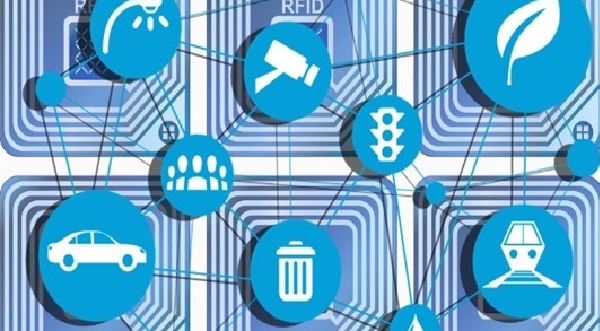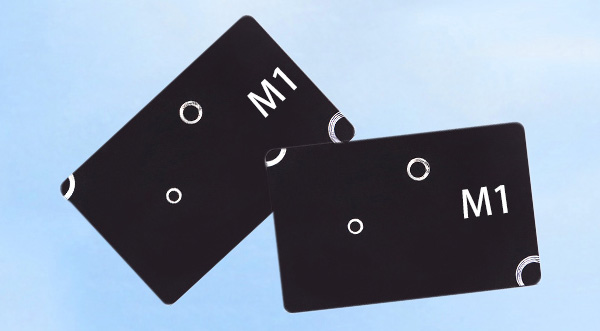RFID multi tag reading anti-collision
Under normal circumstances, an RFID reader can only read or write to one RFID card in the magnetic field at a time. However, in practical applications, multiple cards often enter the reader's RF field at the same time. How should the reader handle this? The reader/writer needs to select a specific card for reading or writing operations, which is tag anti-collision.
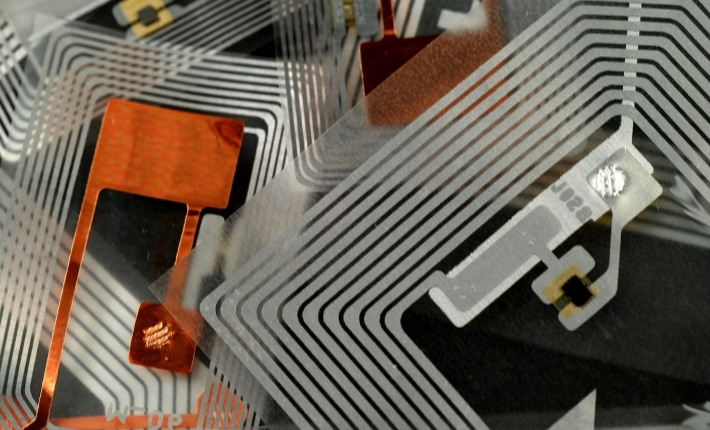 The anti-collision mechanism is a unique issue in RFID technology, and common anti-collision mechanisms in non-contact RFID cards mainly include the following:
The anti-collision mechanism is a unique issue in RFID technology, and common anti-collision mechanisms in non-contact RFID cards mainly include the following:
1. Bit oriented anti-collision mechanism.
The high-frequency ISO14443A uses this anti-collision mechanism, which is based on the principle that the card has a globally unique serial number. For example, Mifare1 cards have a globally unique 32-bit binary serial number for each card. It is obvious that each digit of the card number is either a "1" or a "0", and because it is unique worldwide, there is always a different value in one digit of the serial number of any two cards, which means there is always a certain digit, with "0" on one card and "1" on the other card.
When two or more cards enter the RF field simultaneously, the reader/writer sends a card call command to the RF field, asking if there are any cards in the RF field. These cards answer 'there are cards' at the same time, and then the reader/writer sends an anti-collision command' tell me your card numbers'. After receiving the command, all cards simultaneously send back their own card numbers. Perhaps the first few digits of these card numbers are the same. For example, the first four digits are all 1010, and there is a card with "0" and other cards with "1" on the fifth digit. Therefore, when all RFID cards say their fifth digit card number together, the reader recognizes a conflict because some cards say "0" and others say "1". After the reader/writer detects a conflict, it tells the cards in the RF field that the first four digits of the card number are "1010" and the fifth digit is "1" to continue using their own card number, while the other cards do not speak. As a result, the card with the fifth digit "1" continued to speak. It is possible that there were more than one card with the fifth digit "1", so a conflict occurred during the process of sending back the card number. The reader still used the above method to let the card with the conflicting digit "1" continue to speak, while other cards were prohibited from speaking. After multiple anti-collision loops, when there was only one card left, there was no conflict. The winning card finally sent its complete card number back to the reader. The reader issued a card selection command, and this card was selected, while other cards had to wait for the next card call to participate in the anti-collision process again.
In the above conflict prevention process, when a conflict occurs, the reader/writer always selects the card with the conflict bit of "1" to win. Of course, it is also possible to specify the card with the conflict bit of "0" to win.
The above process is a bit anthropomorphic. In reality, how does the reader know that a conflict has occurred? As mentioned in the previous data encoding, the card sends commands to the reader/writer using subcarrier modulated Manchester codes. The right half of the subcarrier modulation symbol represents data "0", and the left half represents data "1". When a collision occurs, due to the card sending back both "0" and "1", the entire symbol is modulated with subcarriers. When the reader/writer receives such a symbol, it knows that a collision has occurred.
This method ensures that an RFID card can be selected in any situation, even if all cards of the same type from around the world are used for collision prevention. After a maximum of 32 collision prevention cycles, a card can be selected. The disadvantage is that the card serial number is unique worldwide, and the length of the card number is fixed, so the production quantity of a certain type of card is also fixed. For example, the common Mifare1 card, with only a 4-byte card serial number, has a maximum production quantity of 4294967296 cards, which is the 32nd power of 2.
2. Time slot oriented anti-collision mechanism
This anti-collision mechanism is used in ISO14443B. The timeslot here is actually a sequence number. The value range of this serial number is specified by the reader/writer, and the possible ranges are 1-1, 1-2, 1-4, 1-8, and 1-16. When two or more cards enter the RF field at the same time, the reader/writer sends a card call command to the RF field, specifying the range of time slots, allowing the card to randomly select a number within this specified range as its temporary identification number. Then the reader starts calling the number from 1. If only one RFID card selects a certain number, then that card is selected as the winner. If there is no card response or more than one card response to the called number, continue calling down the number. If all the numbers within the value range have been called once but no card has been selected, then randomly select a temporary identification number from the card until a new card is called.
This method does not require the card to have a globally unique serial number, so there is no limit to the production quantity of cards. However, theoretically there is a possibility that a single card can never be selected.
3. Anti collision mechanism combining bits and time slots
This mechanism is used in ISO15693. On the one hand, each card has a 7-byte globally unique serial number, and on the other hand, the reader/writer also uses time slot calling in the anti-collision process, but the number here is not randomly selected by the card, but a part of the card's unique serial number.
The numerical range for calling is divided into two types: 0-1 and 0-15. The general process is that when multiple cards enter the RF field, the reader/writer sends a counting request command. If the specified card's calling range is 0-15, the card with the lowest 4 digits of the serial number 0000 will send back its own 7-byte serial number. If there is no conflict, the serial number of the card is registered in the PCD. Then the reader/writer sends a frame end flag, indicating that the card with the lowest 4 digits of the card serial number 0001 should respond; Afterwards, the reader/writer sends a frame end flag indicating that the lowest 4 bits of the sequence number are incremented until the card with the lowest 4 bits being 1111 is requested to respond. If there is no conflict when a card sends back the serial number during this process, the reader/writer can select that card; If there is no card response during the inspection process, it indicates that there are no cards in the RF field; If there is a conflict in the time slot of the card response, such as when a card with the lowest 4 digits of 1010 sends back an RFID card number, the reader/writer specifies in the next anti-collision cycle that only the card with the lowest 4 digits of 1010 participates in anti-collision, and then uses the 5-8 bits of the card as the time slot to repeat the previous inspection. If the 5-8 bits of the called card have the same time slot, then use the 9-12 bits of the card as the time slot, repeat the previous inspection, and so on. The reader/writer can specify a sequence number of any number of digits starting from the low order, allowing cards with the same low order sequence number to participate in the anti-collision loop. The card responds to the reader/writer's call by using the first or fourth digit of the specified number as a time slot. Due to the globally unique serial number of the card, any two cards always have a consecutive 4-digit binary number that is different, so one card can always be selected. It should be pointed out that when the selected number of time slots is 1, this anti-collision mechanism is equivalent to a bit oriented anti-collision mechanism.
Working principle of RFID
Additionally, it should be noted that TTF (Tag Talk First) RFID cards are generally not conflict resistant. This type of card actively sends its identification number as soon as it enters the RF field, and when multiple cards enter the RF field at the same time, there will be a phenomenon of not reading the cards. At this point, only the holder of the RFID card can avoid conflicts on their own.


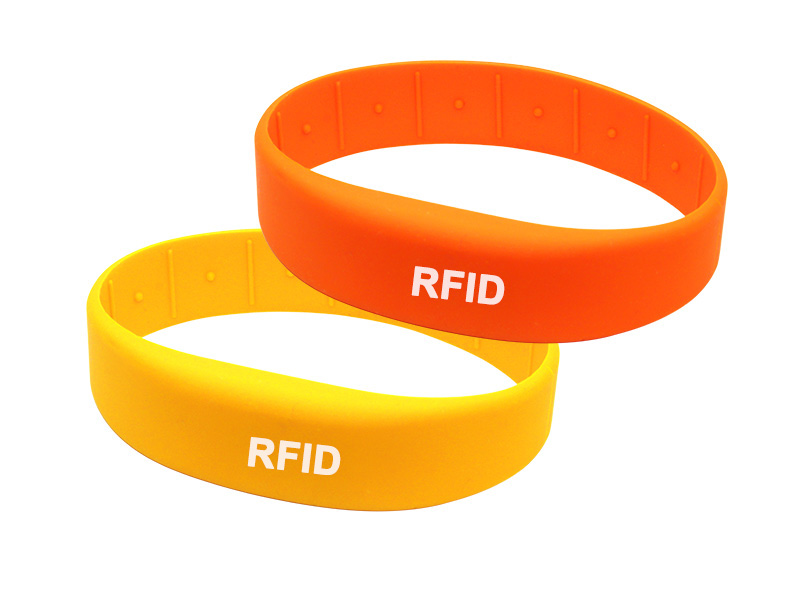
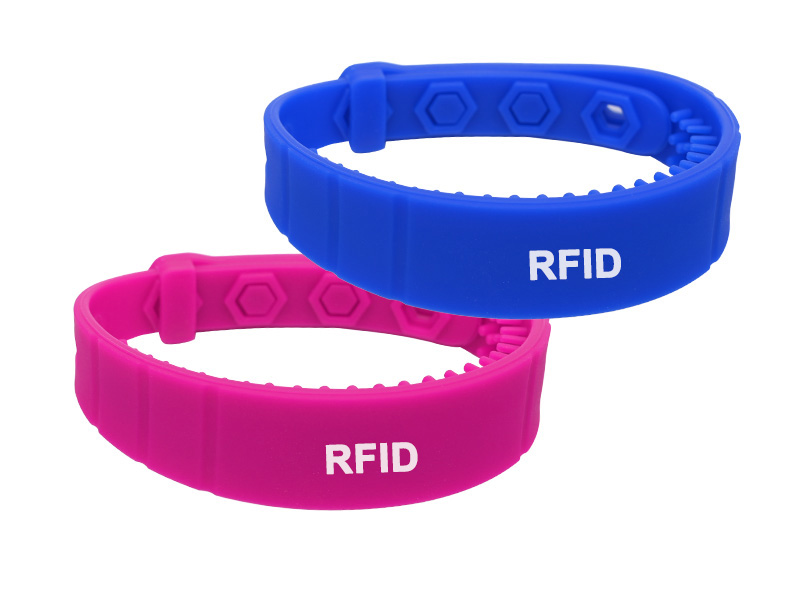
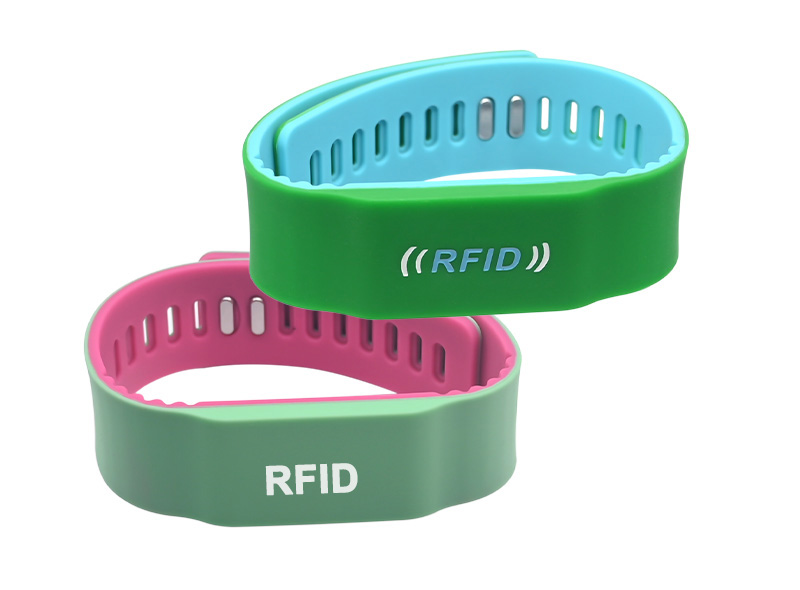


 The anti-collision mechanism is a unique issue in RFID technology, and common anti-collision mechanisms in non-contact RFID cards mainly include the following:
The anti-collision mechanism is a unique issue in RFID technology, and common anti-collision mechanisms in non-contact RFID cards mainly include the following:

